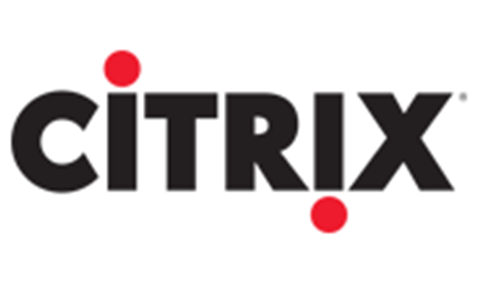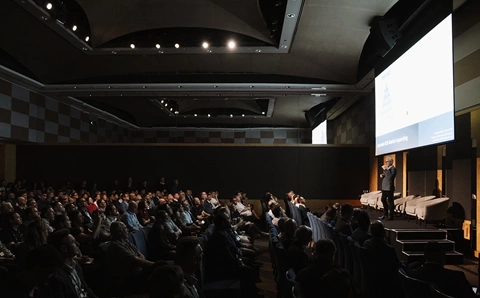Citrix will be releasing an application that puts the company's hypervisor client outside the network, letting companies run systems over a much broader area.
Speaking at the keynote of the Citrix Synergy 2010 conference in San Francisco chief executive Mark Templeton said that the company had to adapt to changing working patterns and job structures and offer virtualisation everywhere, not just within the corporate network.
“Virtual computing is the future, it unblocks computing,” he told delegates.
“If we don’t deal with it it’s going to run us over. Do you guess what device will win? I don’t think so. We need to use a virtual workstyle that includes every device.”
XenClient runs a virtual operating system on a standard laptop, allowing a user to keep work and private accounts distinct and separate, with differing security protocols, but including synchronising capabilities to a central server.
From an IT administrators point of view Intel announced its vPro management system would support the application.
“Citrix and Intel deliver no-compromise desktop virtualisation solutions with intelligent performance, cost-saving manageability and smart-security,” said Rick Echevarria, vice president of Intel's architecture group.
“Citrix XenClient on Intel Core vPro processor-based PCs offer extraordinary levels of protection and control for IT, while providing workers a great user experience for maximum productivity anytime and anywhere.”
For security Templeton announced a deal with McAfee called Project Moon, which would screen traffic centrally without requiring major scanning to be conducted on each device, saving on processor load.
“Leveraging traditional security practices such as in-guest virus scans to secure virtualised workloads results in an excessive performance tax that reduces consolidation densities while inflating capital and operational expenses,” said Chris Wolf, senior analystat the Burton Group.
“The technical nuances of the virtual desktop such as shared OS images make legacy endpoint security solutions impractical. Instead, open solutions that intelligently leverage hypervisor and guest-level resources as needed, while providing required insight into complex shared virtual infrastructures, are best positioned for long term success.”








_(11).jpg&h=142&w=230&c=1&s=1)



.jpg&w=100&c=1&s=0)
_(8).jpg&w=100&c=1&s=0)









